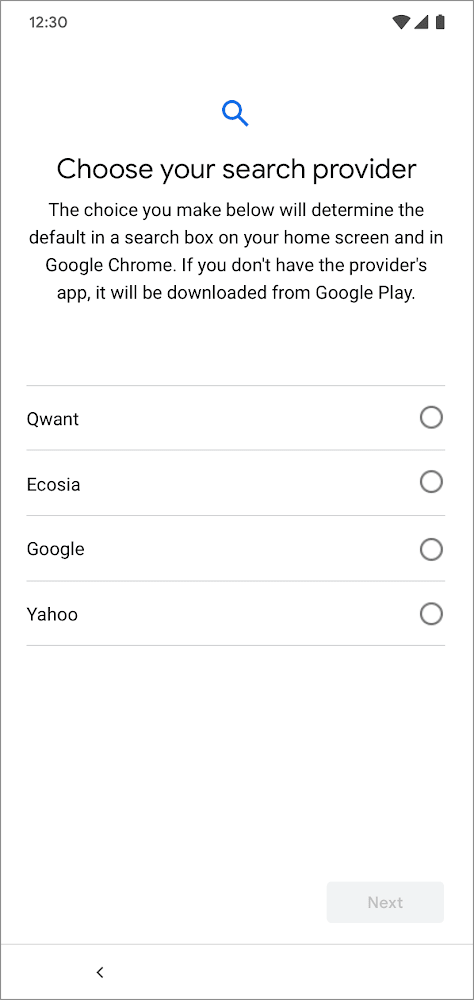Every year when a new edition of Madden drops, one of the biggest complaints that EA receives is about player likeness. You might have seen a screenshot of Greg Olsen from Madden NFL 20 floating around. It doesn’t look like him at all. It’s pretty bad.
The official word on the Olsen model is the tight end elected not to get scanned for the game.
Where that explanation breaks down is here: EA creates a football game every year and knows full well that there are over 1,000 players on NFL rosters. It isn’t financially feasible to accurately scan and model every single player, and indeed, EA may actually be doing as many players as it can. But Olsen is a team captain, one of the better tight ends to ever play the game, and has been in the league since 2007.
Shouldn’t EA know what he looks like by now? And why aren’t there more options in general?
Madden comes with many default faces, hair styles, and body types built-in, but not nearly enough. That’s the main reason EA should be criticized for poor models. Dozens of real-life players get seemingly no attention at all and instead get a default player model.
The game just needs way, way, way more of those options.
So that’s the problem. Now let’s take a look at some of the more prominent players in Madden NFL 20 who look nothing like themselves.
You should have a good idea of what Olsen looks like, no? Blond hair, blond beard. Been playing forever. You know the guy:
:no_upscale()/cdn.vox-cdn.com/uploads/chorus_asset/file/18436085/1065198222.jpg.jpg)
And here’s what you’re presented with when confronted with his Madden 20 player card:
:no_upscale()/cdn.vox-cdn.com/uploads/chorus_asset/file/18435759/Screenshot__101_.png)
What a model. I don’t even know where to begin. This looks like Olsen in the same way DoodleBob looks like SpongeBob. I can just picture real life Olsen running into Madden 20 Olsen, who holds a football up, screaming random nonsense words into the sky while the real Olsen tries to suss out what hell nature hath created.
It completely boggles my mind there isn’t even a blondish hair and beard to work with.
Maybe you’ve missed Walker. He spent the first few years of his career as a backup to Vernon Davis, before becoming extremely good for Tennessee. This is what he looks like:
:no_upscale()/cdn.vox-cdn.com/uploads/chorus_asset/file/18436139/893569062.jpg.jpg)
And this is the monument to ineptitude that is his Madden likeness:
:no_upscale()/cdn.vox-cdn.com/uploads/chorus_asset/file/18435783/Screenshot__102_.png)
Not only is this decidedly NOT Walker, it’s also the same exact default face he had last year and the one the bulk of my auto-generated rookies seem to get.
What makes Walker stand out against all the other default player models is that the dude is rated 92 overall and, like Olsen, has been in the league for over a decade! He is legitimately the highest-rated player on his team! Why couldn’t they do literally ANY work on him?
Phillip Lindsay got a haircut ... and plastic surgery
All right, so how about someone younger? Lindsay jumped to the forefront of the Broncos’ running back picture with a 1,000-yard rookie season. Here’s what he looks like:
:no_upscale()/cdn.vox-cdn.com/uploads/chorus_asset/file/18436152/1074011046.jpg.jpg)
Let’s see what EA did ...
:no_upscale()/cdn.vox-cdn.com/uploads/chorus_asset/file/18436053/Screenshot__225_.png)
Here we have another default model that’s so far from reality I’m not sure if anybody at EA has ever looked at a picture of Lindsay. The only thing that’s clear is someone definitely looked at some pictures of Lionel Richie. But why they’ve made Lindsay look like the man who released “Dancing on the Ceiling” a full eight years before the running back was born is beyond me.
You’ll see this face pop up a lot in Madden, because it’s completely stock as far as I can tell.
No love for the kickers, especially Robbie Gould
Kickers! They play longer than any other position. Here’s a refresher of a prominent kicker of the last decade, Gould:
:no_upscale()/cdn.vox-cdn.com/uploads/chorus_asset/file/18436155/1074339658.jpg.jpg)
And here is his likeness in Madden:
:no_upscale()/cdn.vox-cdn.com/uploads/chorus_asset/file/18436081/Screenshot__239_.png)
Is it just me or does Gould look like a big, dumb baby? This is not the face of the 36-year-old second-highest-rated kicker in the league. This is a bunch of babies in a football uniform and the top baby has a big-ass head.
I know Gould doesn’t have a ton of distinct features, but if that doesn’t scream “baseline create-a-character starting template,” I don’t know what does.
Kevin Byard looks unhappy with you
Byard is three years deep into his NFL career and arguably the best safety out there. Hey, here comes Byard now:
:no_upscale()/cdn.vox-cdn.com/uploads/chorus_asset/file/18436159/1089074522.jpg.jpg)
Hey, here is whoever the hell this is supposed to be in Madden:
:no_upscale()/cdn.vox-cdn.com/uploads/chorus_asset/file/18436161/Screenshot__241_.png)
Does Byard’s face look ... angry in Madden? It sure looks angry to me. There’s something around around the cheeks. It sure doesn’t look like Byard, (who, by the way, deserves a ratings bump, too). I don’t know off the top of my head if this is a default face, but if this is a scan or an attempt at a likeness, something ain’t right.
Byard is the highest-paid safety in the league! What even is this player model? He looks like he’s mad that someone screwed up his face!
I like this year’s Madden. Probably a lot more than most people, in fact. But while EA has figured out the gameplay, it needs to pay more attention to the smaller things, especially player likeness. These are just five egregious examples I stumbled upon — there are many players with default faces who look nothing like themselves. And when EA says it makes the most authentic football game out there, these likenesses still take fans out of the “authentic” experience.
https://www.sbnation.com/nfl/2019/8/2/20749502/madden-nfl-20-worst-player-likenesses-greg-olsen
2019-08-02 15:00:00Z
52780344231616





:no_upscale()/cdn.vox-cdn.com/uploads/chorus_asset/file/10159609/jbareham_180202_2266_0003.jpg)